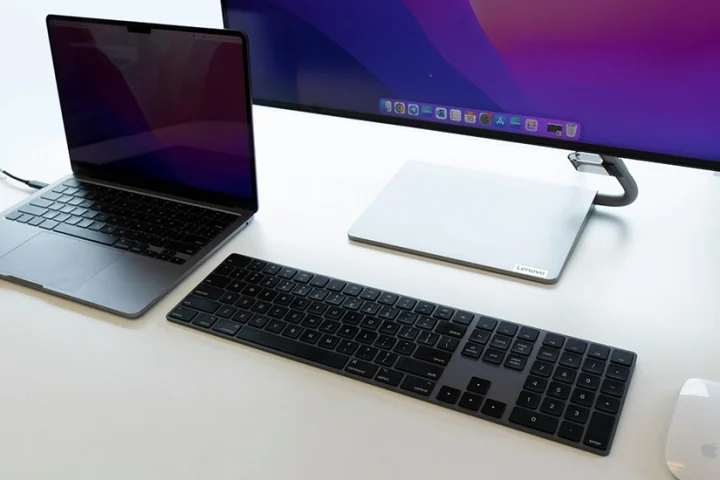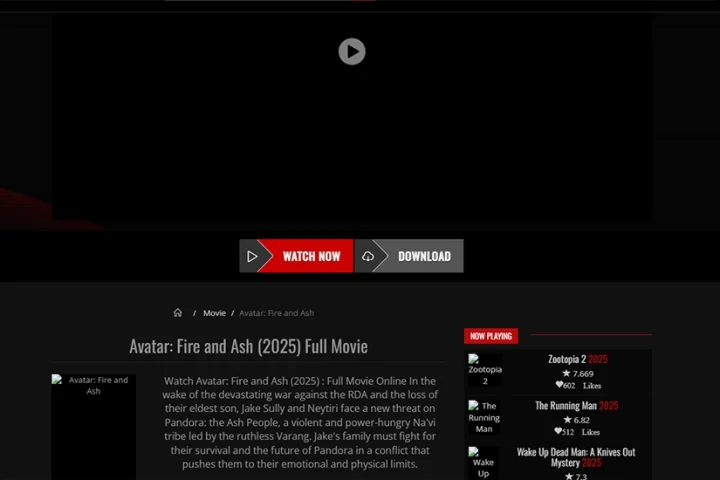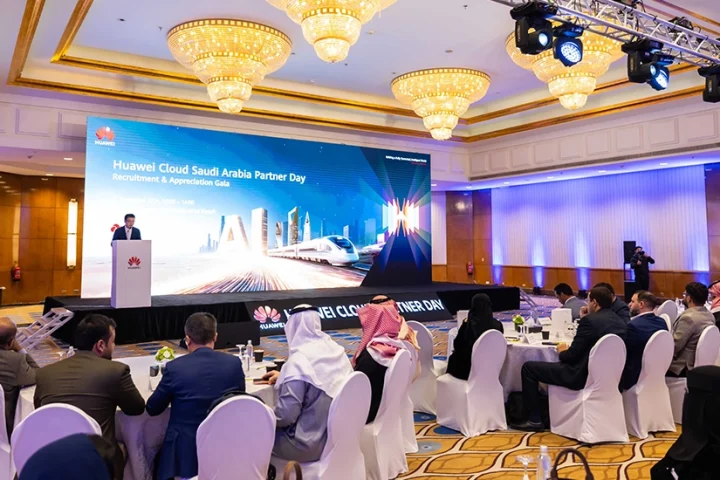Imagine the start of a long-distance race where all runners line up and take off for the course at the same moment. Over time, experienced runners will pull ahead and, after two miles or so, the division between the running groups becomes more apparent. This is a natural occurrence, as individuals have various levels of experience, skill sets and motivation to perform. Such differences are often overlooked by leaders.
Employees in a change programme will fall into distinct groups based on their eagerness to adapt to change. As leaders of thriving organisations, CIOs in particular must assist their organisations in adapting to change that happens in a rapid fashion as the environment is flooded due to the rise of digital business.
To overcome the organisational challenges associated with change dynamics, exceptional leaders will understand the varying types of employees, leverage their experiences and communicate appropriately to support all employees through change.
Four individual adoption styles
Similar to a race, employees in a change programme will fall into distinct groups based on their eagerness to adapt to change and their capacity to take the initiative to heart. There are four groups, or individual adoption styles, that exist across organisations.
# Runners
Considered to be early adopters, these employees are eager to try new ideas, ways of working and ways of behaving. This group is okay with failure at first, as long as they feel each attempt directs them to the right track.
# Joggers
This group is not against change, but they feel more comfortable watching the runners take the first step. Once they believe the runners have proven the course, they will join in.
# Walkers
Even more cautious than the joggers, this group needs to fully understand the implications and potential consequences of change before taking any action. They will not be easily persuaded by early adopters, but rather will be convinced by the perceived success or failure of those that come before them.
# Will not Run
Composed of status quo employees, they see no reason to change the way things have always been done. They will likely view change negatively, but with special attention, some of these employees can be convinced. No group is more correct than the others. Each represents the diversity in how employees will internalise change, therefore providing insight into how best to lead the styles through it.
Devote resources to right places
Informal CIO surveys collected by Gartner show that the majority of CIOs spend much of their time and effort in the early stages of a change programme — when they are discussing or preparing for change — and less time in the support or execution stages.
Compounding this, employees who are reluctant to change are often the most vocal and demanding. Spending so much energy upfront and with a small resistant group of employees often causes leaders to categorise their organisation as change-resistant.
CIOs can use the individual adoption styles framework to find and leverage early adopters to support their organisation’s change programme. For instance, the energy, excitement and creativity of runners can motivate the reluctant and inspire joggers to engage more quickly. As more employees join in, their experiences can be used to persuade the rest of the organisation. Runners are also great catalysts for pushing employees across the finish line.
But CIOs must beware of extremes. Runners might be too tolerant of risk and walkers too risk-averse. Careful monitoring and soliciting feedback from these various individual adoption styles groups will give leaders a full view of their change programme and allow for appropriate course adjustment.
CIOs should partner with human resources to develop an engagement strategy to give the – will not run group, the special attention it needs. Human resources can also help CIOs to clearly communicate the alternatives or consequences of not moving forward so that employees understand their choices.
Help your organisation help itself
The four adoption styles in the individual adoption styles framework provide a method for identifying and most effectively working with employees through change. All four helps to improve CIOs’ understanding of the variance among employees and what is needed for each type to feel fully supported.
Success calls for leaders to communicate more than might be expected. When employees feel supported, no matter what individual adoption styles category they fall into, they are able to empathise with one another, feel less anxious about change and have a greater appreciation for each other.
In both informal and formal situations, engage employees in specific initiatives, and be conscientious of the progress and effort of each group. CIOs should then identify and share as many wins as possible — all progress is success. And progress made increases employees’ ability to adapt to future changes that the digital world will inevitably bring.
Key takeaways
- Employees in a change programme will fall into distinct groups based on their eagerness to adapt to change.
- CIOs must assist organisations in adapting to change that happens in rapid fashion as the environment is flooded due to the rise of digital business.
- No group is more correct than the others. Each represents the diversity in how employees will internalise change.
- CIOs can use the individual adoption styles framework to find and leverage early adopters to support their organisation’s change programme.
- Runners might be too tolerant of risk and walkers too risk-averse.
- CIOs should partner with human resources to develop an engagement strategy.
- Human resources can help CIOs to communicate the alternatives or consequences of not moving forward.
























